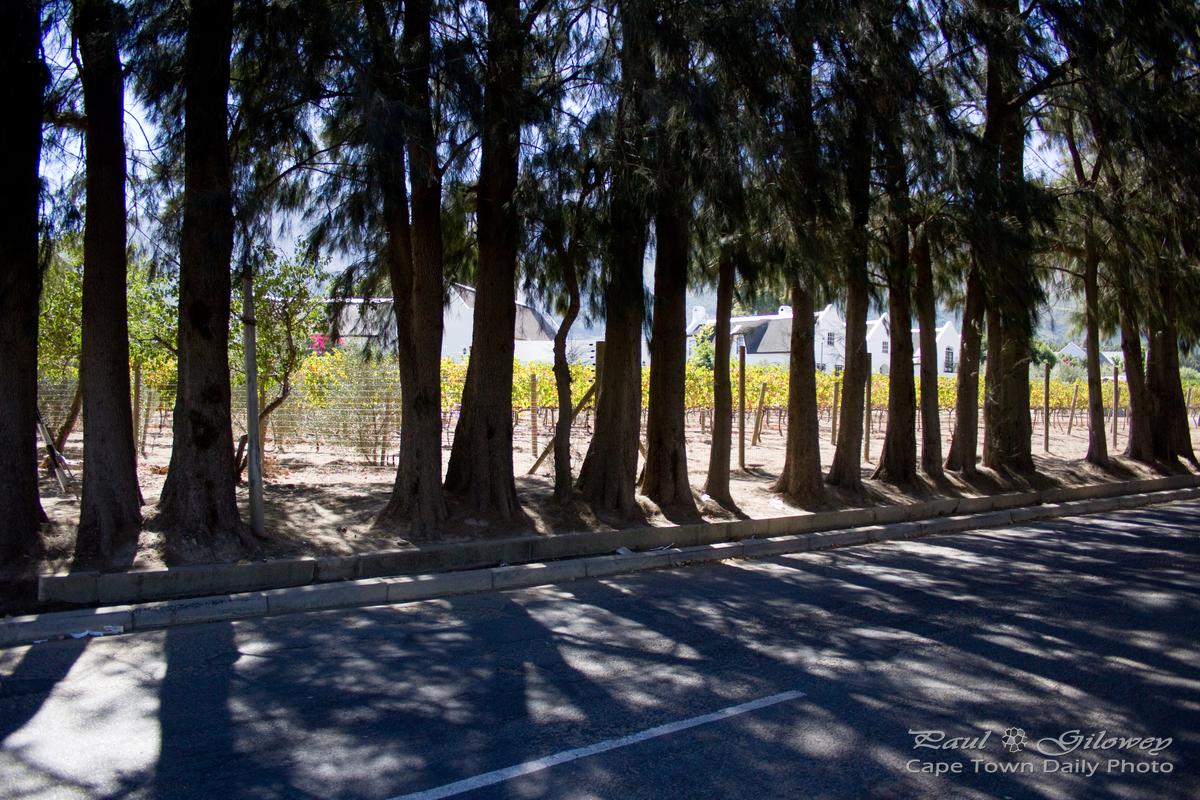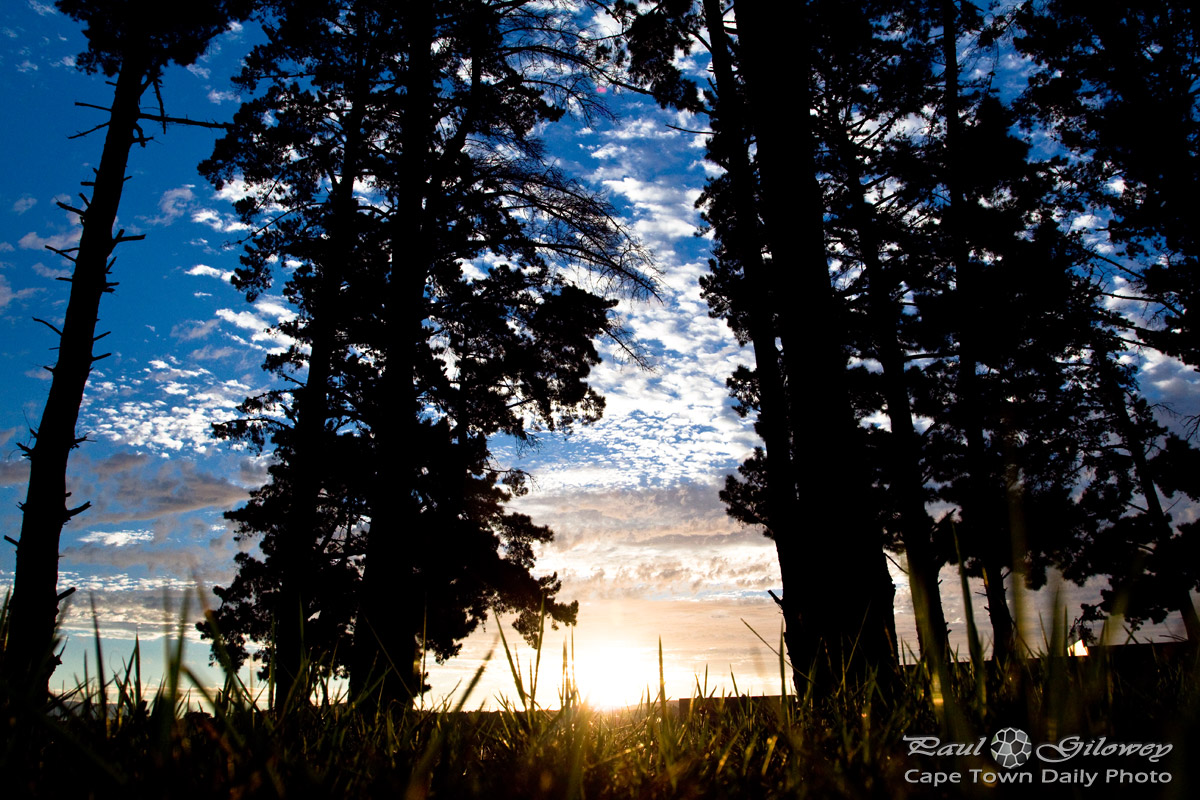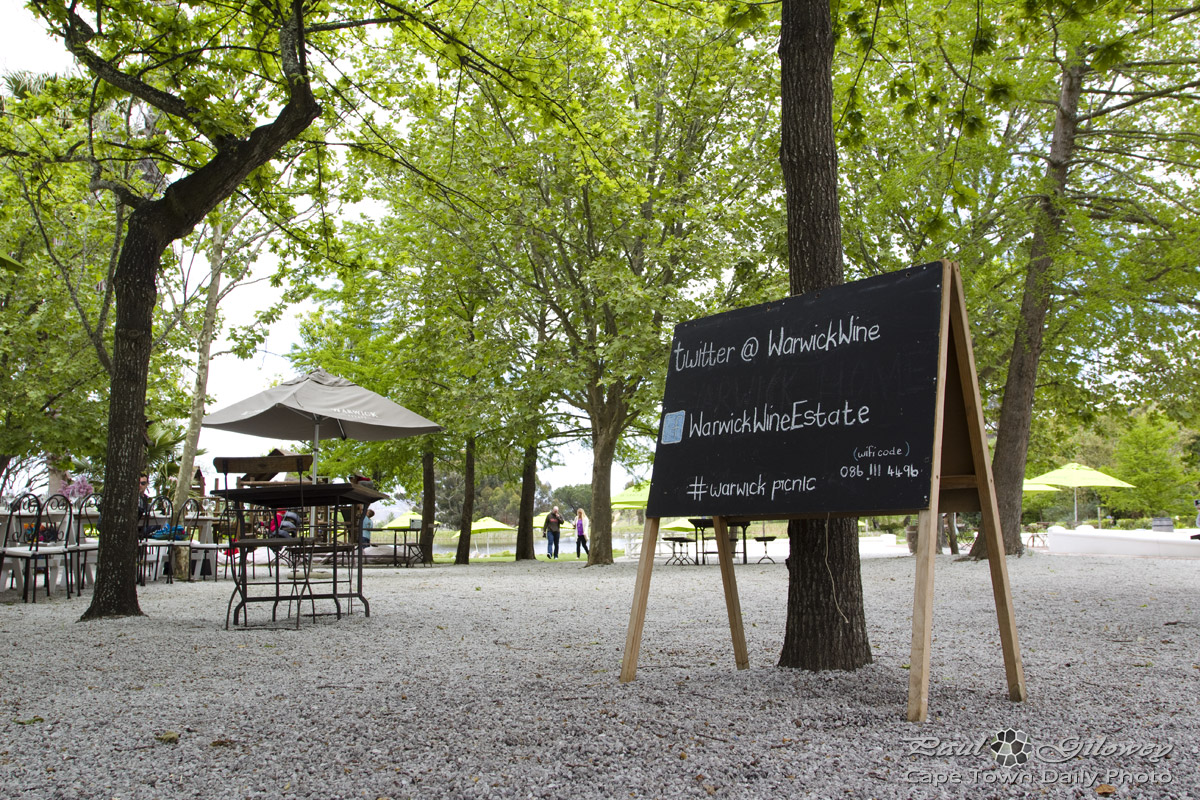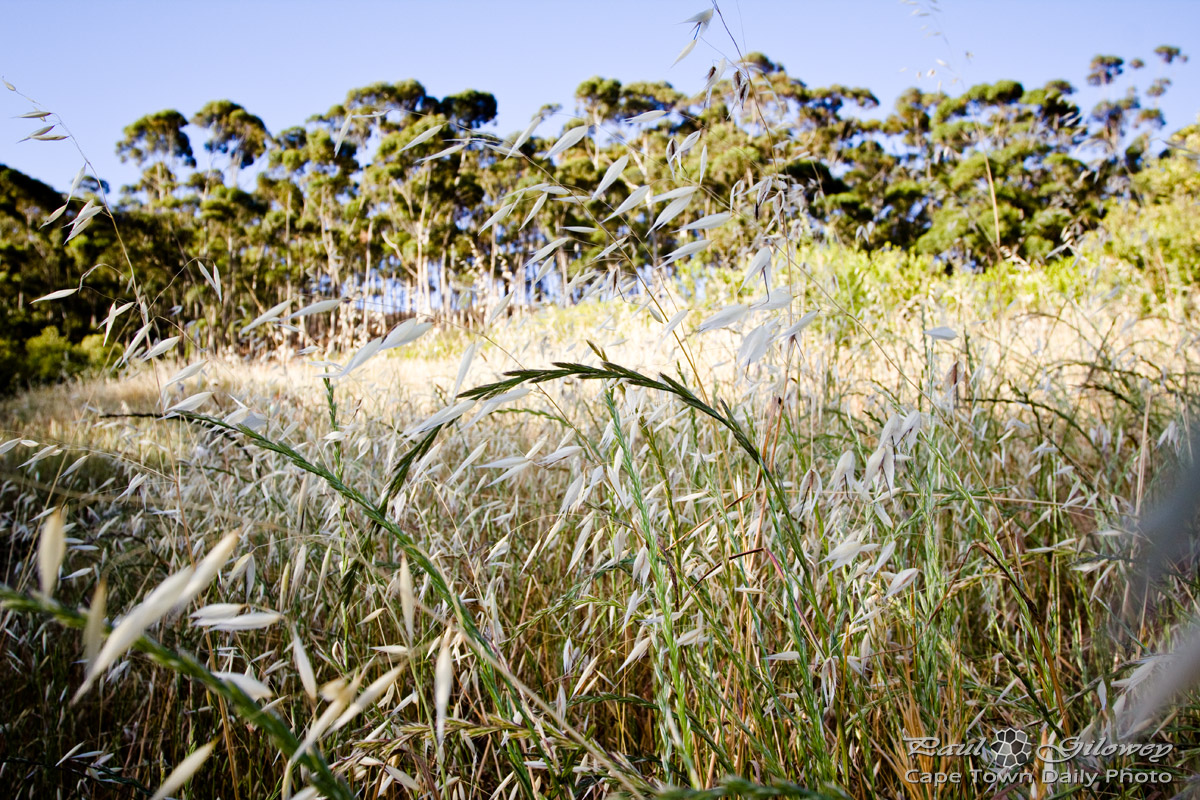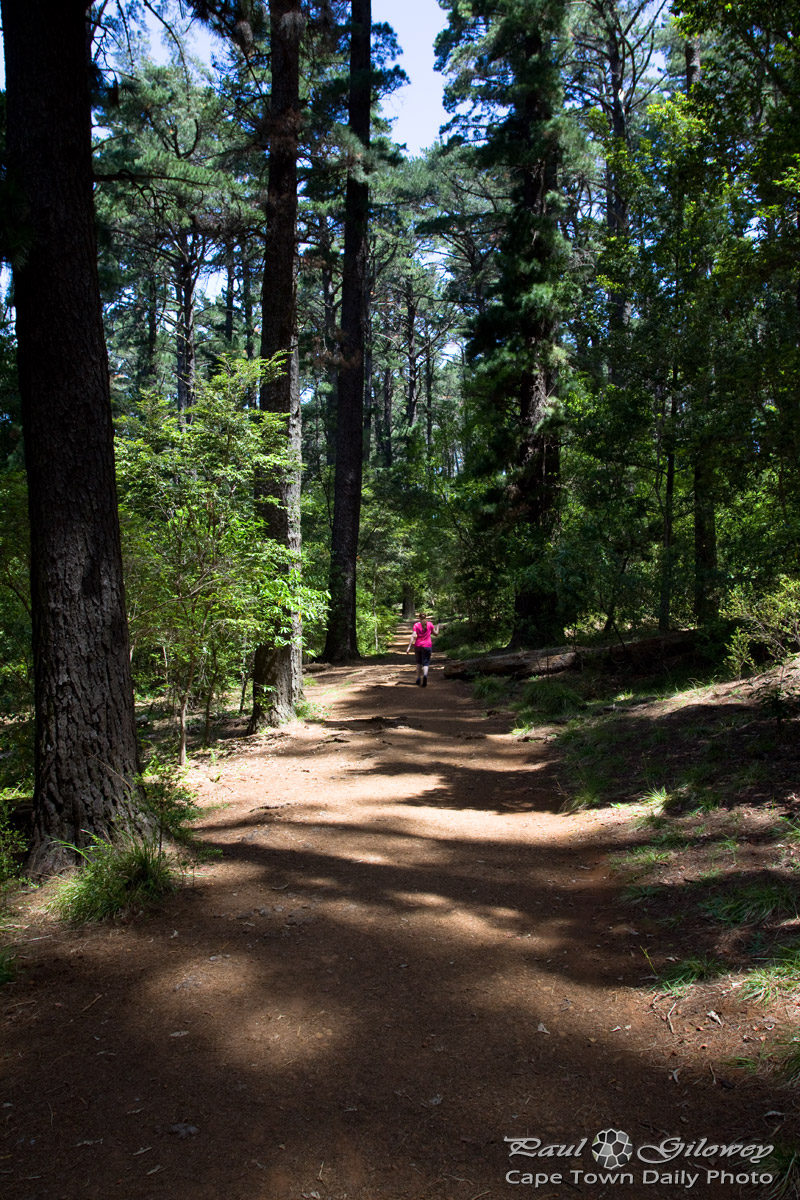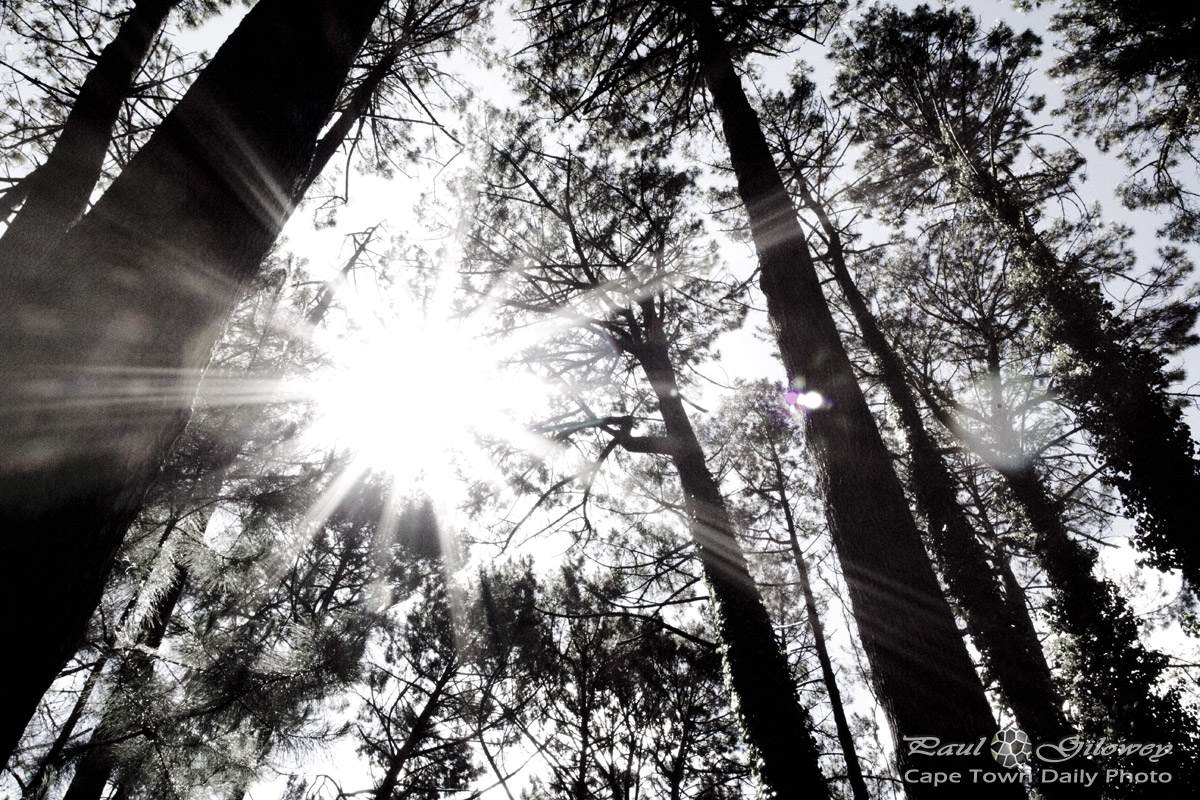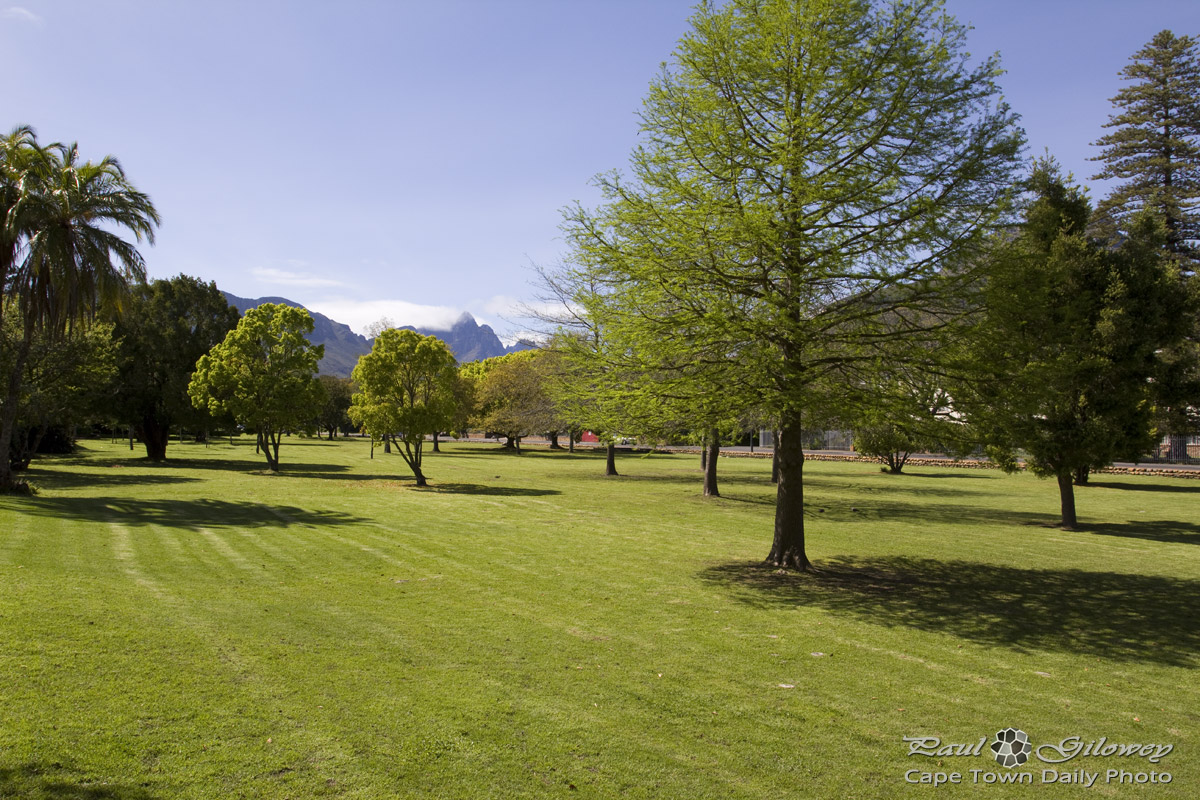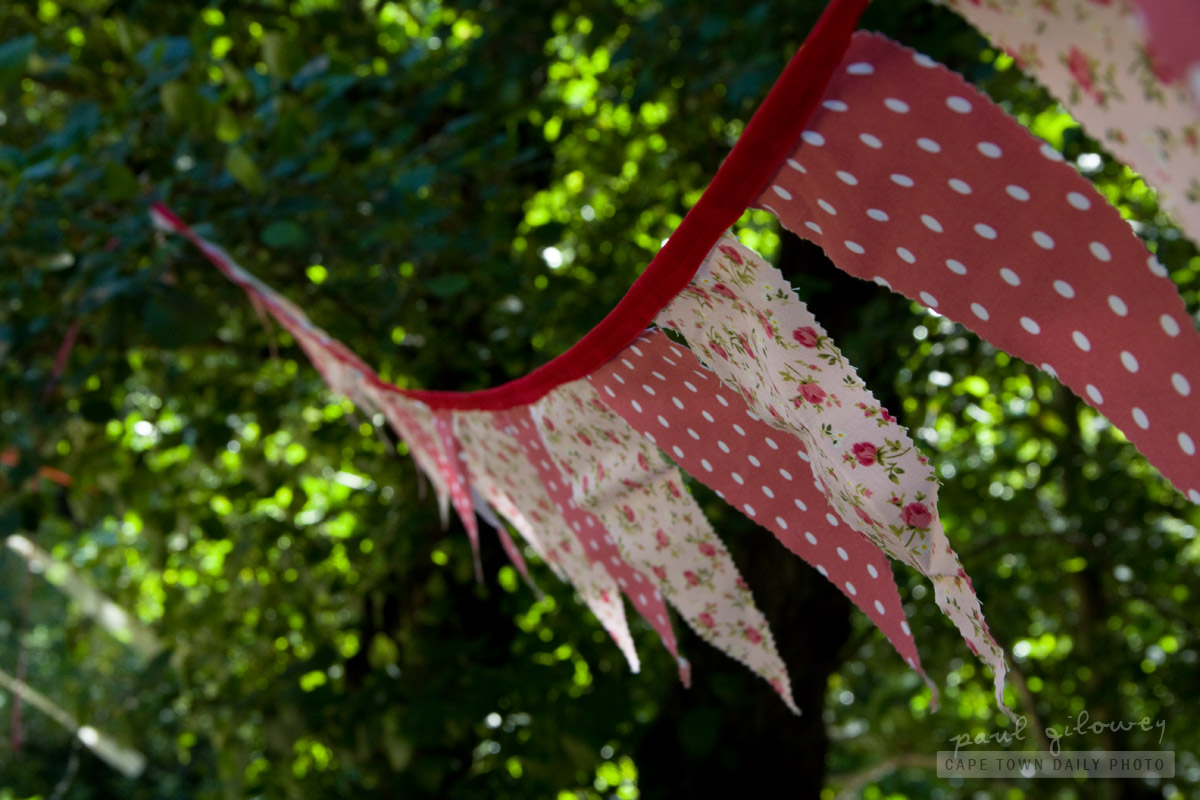Tag Archives: trees
Win tickets to Artmode on Thursday, 13 November

You may be wondering about the title of this post - well, I'm going along to the Artmode "Holistic Expression of Integrated Arts & Music" event and I've managed to secure a few double tickets to give away. So, email me, or @ me on Twitter with the Artmode record label's founders names, and you may win a double ticket, saving you R200.
The event will be at the Youngblood Gallery, 70-72 Bree Street, Cape Town, and will start at 19h00 on Thursday 13 November. For more information about the event, check out the flyer below:
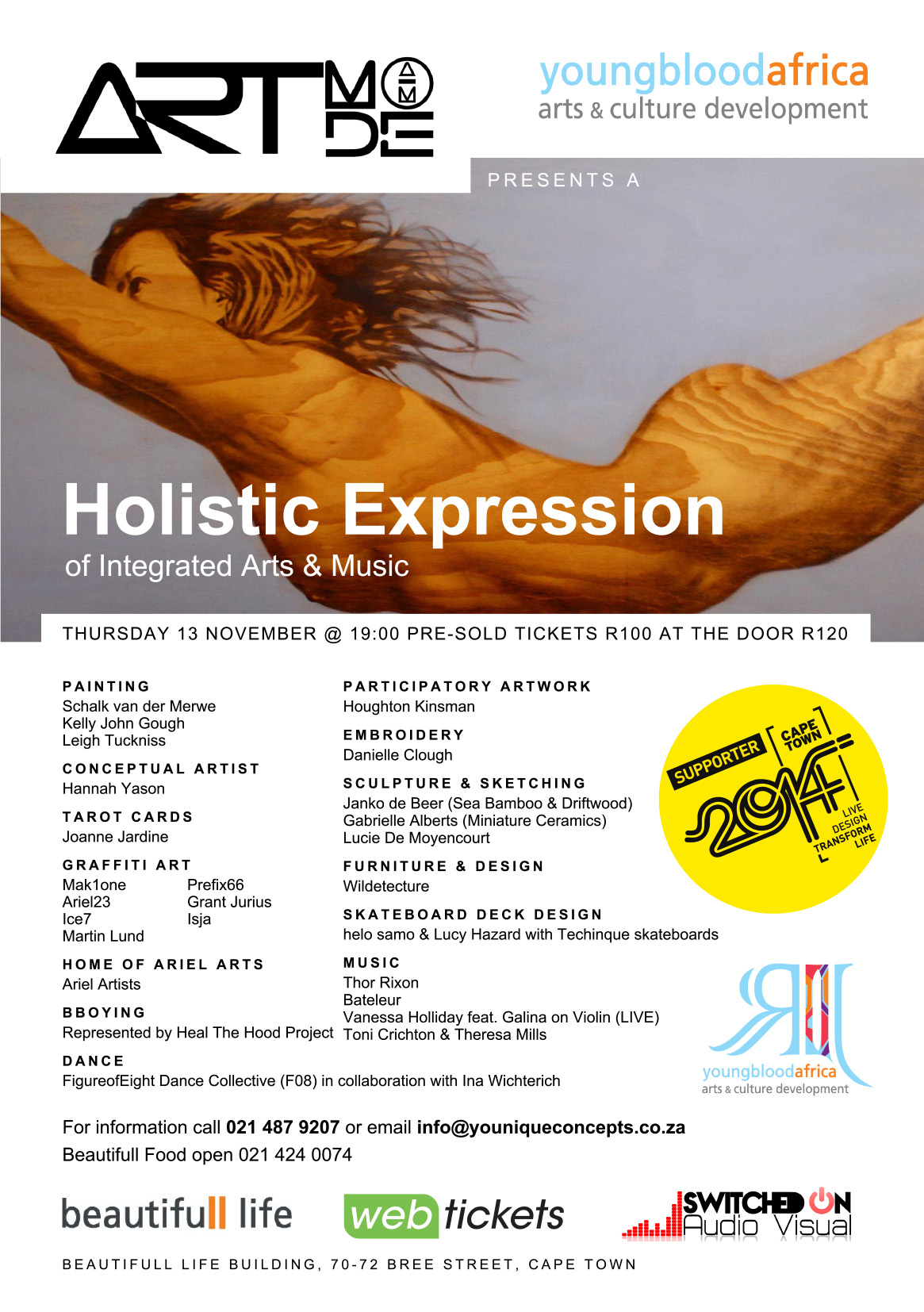
Sunlight betwixt itchy-scratch grass
Sunset through pine trees

Has autumn arrived?

Groot Constantia’s vineyards

Warwick Wine Estate
Acacia Karroo aka the Sweet Thorn

Coffee substitute heh? I think I'll have to give this a try. Anybody know if Nespresso make the Acacia Karroo flavour? :P
Grass and trees and things
Into Newlands Forest
Sun, tree, silhouette
Green lawns of Stellenbosch University
Dams of Durbanville

Sunshine though the trees

These trees are on the slopes of Signal Hill. What may not be immediately obvious is that the area directly behind these trees has been stripped clean of most vegetation, creating a firebreak to slow the progress of the fires that break out on the hills and mountains in this area each year.
What you may find strange is that, to survive, the fynbos flora that covers our mountains and hills actually needs to burn, preferably in late summer, every 10 to 15 years. Strange hey? Read a little more about this on the Encounter South Africa site.
Church Street in Tulbagh

On our first night in Tulbagh we tried a small Belgian restaurant, the name of which I can't quite recall now - but no-matter, it's easy to find. :) The restaurant is operated by what appears to be a retired gentleman and his charming wife (whom I believe is the chef), and is about the closest thing to fine-dining that I believe you'll find in a rural town like Tulbagh. It's certainly worth a visit, so if you overnight in the town, do give them a try.
Squirrel in the garden

I found little Egbert (his mom named him after King Egbert of Wessex, I believe), scurrying between trees looking for the best acorn nuts. He, naturally, dashed up the side of a large oak tree as soon as I approached to get a better look. I think he thought I was trying to follow him to his secret stash. I wasn't.
The place where I found Egbert is a small park in Cape Town, over the road from the well-known Rafikis restaurant and bar in Kloof Nek road (map). The little park has two or three large oak trees and is surrounded by a beautiful chest-high fence. It has a few swings, a seesaw, and a climbing gym for kids. It even has a couple of benches where parents can rest while kids work off their excess energy.
It's a lovely little park and worth popping in to if you're in the area.
Triangles
The Seine of Cape Town

You'll find this little gem flowing right down the middle of Cape Town's main street, Adderley Street.
Walking the narrow path

Have you taken time to consider how different your life could have been if you, say, hadn't taken that job; or you'd grabbed that opportunity to travel abroad; or if you had stopped at that red traffic light? Wouldn't life be awfully interesting if when you reached the end of the road you had an opportunity to live it all over again?
I took this photo at the Majik Forest in Durbanville.
Champion Trees
Our government's department of agriculture, forestry and fisheries published a government notice last month that contains a list of proposed Champion Trees - trees that will be given special protection under country law.
The trees mostly have some kind historic or cultural value, or in other cases are simply so old, large, or remarkable that they deserve being protected from casual removal, or irresponsible felling.
Read the notice and if you believe that a particular tree that you know of should be protected then do your civic duty and contact the department to let them know. There's a little more than 30 days left to comment on the proposed list!
Protect our trees

Governments around the world regularly meet to discuss desertification and formulate policy and law to protect the natural environment. South Africa isn't any different, our government have put in place various pans and policies to protect our fragile environment. Some would argue that they're not doing enough, and other would argue that they're doing the best that they can with the available funding.
Take a look at this pamphlet that deals with the conservation of plant life, produced for last year's Arbour Day by our local government.
This photo was taken in our leafy suburb of Tokai on the slopes of Table Mountain.
Hidden things

So, take some time to explore areas of your neighbourhood that you've not yet explored. I took this photo at a seldom-seen spot along our N1 highway, about 25 kilometers outside of Cape Town.
If you're in the dark about how to take pretty photos, consider taking the online GetSmarter digital photography course. It'll teach you all the basics about taking great photos, and you never know, maybe you'll end up being a pro photographer some day! :)
Shady trees
Although Cape Town has plenty of pine trees like these, over the years of my existence in the distant suburbs of the city, I remember many beautifully huge trees like these being cut down - for various "legitimate" reasons of course. The reasons range from the need for new roads, new homes, safety, and simply whether or not a particular land owner likes the tree in the place it is.
I'm being a little melodramatic - there are plenty of good reasons to remove certain trees, but sometimes people do seem to remove them for no apparent good reason. A case in point are our new neighbours who, a few weeks ago, removed almost all the trees on their property - and yesterday removed another huge tree.
Granted, the trees that they had weren't the most magnificent, but they were large, green, and provided good shade. Their garden looks so barren now. :(
I took this photo in the very leafy suburb of Tokai - one of the beautiful areas of Cape Town's Southern suburbs.
Trees, shade and views – the (almost) perfect picnic spot

This photo presents the scene near the top of Tygerberg Hill. Isn't it simply beautiful? Can you imagine how peaceful it is up on this hill? The only thing lacking from this place (which would otherwise make it the perfect picnic spot) is a small stream of water gurgling in the background.
Pool-fun is over

Friends of mine have installed a heating system consisting of fine black tubing that's carefully layed to cover several square meters of their roof. The sun heats the black tubing as the swimming pool pump forces water through the thin, warm, pipes. I believe that it's able to heat the pool by up to 10°C - which makes their winter-water about the same temperature as my pool's summer water!
Pine cones and holidays
Strangely, pine cones like these remind me of school days and holidays. The school that I attended for grade 1 through 7 had several pine trees on the property, and I remember playing marbles amongst the trees during break (which you might know as "recess" if you're not a local), as well as picking out and eating the pine cone seeds. Not because I was hungry, but because they were so yummy! :)
The cones remind me of holidays because of the times that we spent at caravan parks during school holidays. Often parks would have plenty of pine trees to cast shade over campers' tents. The downside of this was that they were notorious for dropping sticky gooey pine gum onto tents, caravans and cars. :(
World wide weed
Don't you wish that flowers would grow more like weeds? We wouldn't ever have to water the beds or feed the flowers. Until I discovered my awesome weed-popper (which makes weeding more like a game) I really think I may have had more weeds than grass.
The Hairy Fleabane, shown in this photo, is a very common variety in Cape Town. The long stems and furry heads can be seen covering many people's lawns in spring, making them look more like country fields - which I guess for some has its own appeal. :)
The interesting thing is that according to weedsience.org there's a particular strain of Hairy Fleabane in the Breede Valley that has become resistant to herbicide. So it would seem to me that the only real solution is in fact my awesome weed-popper. Perhaps I should go into the weed-popper business. :)
Lakes, trees and microlights
We took a road that we hadn't taken before, into the hills behind Durbanville, and happened upon the Western Cape Microlight Club's airfield at Contermanskloof. I really wanted to take a cool photo at the club house, but there were no microlights to be seen and the club house isn't really the most inspiring building. So, I took a photo of this lake surrounded by those invasive Australian Blue Gum trees instead! :)
If you have Google Earth installed, you can follow this link to view the airfield from the air. And, if you have an interest in microlights, be sure to check out the Microlighters forum.
Roads and trees
I love these kinds of roads; the trees form a tunnel that makes me feel like a Formula 1 driver - only without the Formula and without the 1. Not that I'd actually be able to drive at those speeds on our roads as, irrespective of the actual day of the week, there's invariably a Sunday-afternoon-cruiser enjoying the drive somewhere ahead of me. At times like these I need to remind myself that it's okay, perhaps even good, to drive s-l-oooooo-w-l-y. :)
Congestion on Cape Town's roads has been increasing steadily over the past years, with the effects being felt more intensely since the 2010 Soccer World Cup construction work began. Large alterations are in progress at the N1/M5 interchange near the city, as well as at Hospital Bend, which look as though they'll improve the rush-hour traffic problems significantly.
Believe me, most of Cape Town can't wait for them to be done!
Take a look at this 2008 article detailing the intended upgrades.
Map to the top of Tygerberg Hill
The Tygerberg Nature Reserve was opened in 1973, which makes it only a little older than I am. I never realised it before, but the 300-hectare reserve has 460 plant species, of which 12 are endemic to Cape Town and three endemic to the reserve itself! Besides for these, the reserve is home to about 50 different mammals, 125 species of bird, 35 reptile species and several different types of frogs.
Yesterday's photo was taken to the left of this one, more or less where you see the people standing - far in the distance. The setting here is beautifully peaceful with marvel-worthy views of Table Bay, Table Mountain, the Cape Flats, False Bay, and the Boland mountain range.
Two of our readers requested directions to the reserve, and since it's a little tricky to explain I drew a map using Google Maps. So, click through here for a map to the top of the Tygerberg Nature Reserve. Once the satellite image has loaded, wait a moment for the route to load. :)
